|
If you are like most leaders, you've been here: You have a precious break in the day, so you look at your endless to-do list. All tasks seem important, but you scan the list, looking for the priority items you can knock off in a few minutes. As you glance at each item, you make a mental note:
Your to-do list is like an emotional roller coaster In the time it takes to scan down the list, your emotions move from overwhelmed to anxious, then annoyed and doubtful, ending with discouraged. Pushing the to-do list aside, you begin scrolling through your inbox without realizing you've avoided doing anything on the list and, as a result, get further behind and more disheartened 😩 I get it. I've been there many, many times too! In fact, if you are like most leaders, you have a lengthy to-do list that haunts you into the wee hours of the morning and, honestly, will never get done. But why is it that we will never get through our to-do list? 💥The reason your to-do list will never get done is twofold REASON # 1 First, it's a disorganized list that is more of a holding place than a completion place.
REASON # 2 Second, we look at the list as items that need time to be completed, and we blame lack of time as the enemy 😡 ⏰ It's way more complicated than just not enough time. For example, look at your to-do list and consider:
Without taking all of that into consideration, our to-do list becomes an impossible challenge, and time becomes the enemy. But time is getting a bad rap. ❌ It's not ⏳ time's fault. The time available to complete tasks is only one small factor in managing our to-do list. There are other things to consider. Below are three steps to help you manage your to-do list with much greater success👇🏻 QUESTION: How do I get done, what matters on my to-do list? ANSWER: You create order and awareness. 1) First, start by prioritizing your to-do list into some semblance of order That way, your to-do list can become a tool working for you instead of a threat against you. 2) Next, let go of inappropriate expectations of your to-do list You change expectations of your to-do list by shifting your mindset from believing your to-do list is a list of things that need doing to a holding place for projects and tasks.
3) Finally, move a few key items to each day's agenda, plan or priorities When you only have three things to get done each day, you will check them off with greater speed and satisfaction.
But we are still overlooking something That covers the tactical side of getting through your to-do list. But there is something bigger that needs addressing. 🐘 The elephant in the room is the emotions you felt when you scanned the list.
Your emotions play a big role in productivity Many of us are unaware of our feelings, let alone how our emotions affect our productivity. We can choose our responses better by slowing down and getting a better awareness of what we are experiencing and how our emotions distract us from getting done what matters most. If you want more help with this, read this next: Why Your Emotions Are Sabotaging Your Productivity If you've been meaning to
NOW is the time to plan HOW you will do that 👆🏻 growth.
0 Comments
Are you a nonprofit leader tired of looking at your to-do list with a sense of dread? Trust me. You're not alone. We all have a love/hate relationship with those seemingly endless lists. They can be overwhelming, but at the same time, they're essential for keeping us on track and ensuring we get things done. 👉🏻 If you want to transform your TO-DO list into a truly productive tool, it's time to make it more manageable. 🤔 Are you wondering....How do you trim your TO-DO list? The wrong thing to put on your list To tame your TO-DO list, you must remove repetitive items. When you stop entering tasks on your list that you complete regularly, you will see your list shrink dramatically. Doing this lets you find that your TO-DO list becomes your trusted friend instead of a daunting foe. You can do what Sarah and Maria did 👱🏻♀️ My client Sarah manages a group home. She used to have tasks like "prepare program schedule every week" and "review budget once a month," constantly cluttering her to-do list. Realizing that these were routine items, Sarah entered them directly into her schedule. This simple change made a massive difference in how she approached her daily tasks, allowing her to focus on more pressing matters and be more productive. 👩🏻 Another client Maria, a Program Coordinator, used to dread the monthly task of compiling statistics and preparing quarterly reports. It was a time-consuming chore that she would often leave until the last moment, sacrificing her personal time to get it done. However, after learning to treat routine tasks as appointments with herself, Maria scheduled a specific time slot every month to tackle the statistics. Not only did this help her prioritize the task, but it also freed up her evenings and weekends for personal activities. ❌ Removing the routine items By removing routine items from your to-do list and scheduling them in your agenda, you're making a commitment to yourself to complete these tasks during designated times. 📆 Book appointments with yourself Most leaders only use their agenda for meetings and appointments with others. They may list other things they must do during the day in their agenda, but only as bulleted points. Instead, you should enter routine items into a time slot in your schedule with a beginning and ending time. The routine task should be entered into your schedule as an appointment with yourself. 📊 The dreaded monthly stats task Let me give you an example. Many managers need to do monthly statistics and quarterly reports. This means you pull together charts, forms, and spreadsheets every month. Laying them all out on your desk, you compile data into a report that goes off to the powers that be. For most leaders, this data compilation is a challenging task. Leaders put it off and delay doing it until the last moment. I venture to guess that most leaders tend to get it done by either staying late or finishing it on the weekend. That's certainly how I used to get it done 🤦🏼♀️ This chore gets done on a manager's own time because the manager never prioritized it. Oh, they may put it at the top of their TO-DO list! But that didn't mean it came before other fires needing put out. Since the monthly statistical collection wasn't put in as an appointment, it was not completed during the regular daytime hours. 🙋♀️ How I do it: I now have a standing appointment with myself to do it each 📆 Monday morning. Yes, you read that right. It's part of my weekly review that gets prioritized before anything else! Move it from TO-DO list to your agenda Tasks that are routine things need to be put into your agenda. Schedule a regular appointment with yourself to get done the things that need to get repeatedly done.
How to Set Routine Tasks as an Appointment Most leaders only use their agenda for meetings and appointments with others, but it's also important to include routine tasks. Rather than simply jotting them down as bullet points, I encourage you to allocate a specific time slot in your schedule with a defined start and end time. Treat these routine tasks as appointments with yourself. ✔️ Appointments with yourself get entered into your agenda and are blocked off as busy times. ✔️ No one else should be able to book an appointment with you during this time. ✔️ Treat those times just like you would treat any other meeting:
But what if something more important comes up? We all know that unexpected things can arise, and priorities can shift. If you cannot complete a task during the scheduled time, don't just erase it and forget about it. As author Jay Papasan says: "If you erase it, then you must replace it." 📚 Papasan co-authored the book The One Thing: The Surprisingly Simple Truth About Extraordinary Results, and I highly recommend it if you want to become more productive. Rebook it if you can't do it That means if you can't do the work as planned, find another suitable time slot in your calendar to reschedule it. Don't let routine tasks pile up and follow you home as unfinished business. They are an integral part of your workload and deserve the same level of attention as anything else ⭐️Compiling timesheets, writing reports, and reviewing budgets are all part of your workload. They are not extras. You need to treat them with the same importance as anything else. ✅ Your TO-DO list taming HOMEWORK: 1️⃣ During your weekly planning, review your TO-DO list. 2️⃣ Put a ✔️ checkmark beside anything that is a regular or cyclical task. 3️⃣ Take those items and 📆 schedule the appropriate amount of time into your agenda. 4️⃣ Stick to those times and complete the task in that time slot 💪🏻 5️⃣ If you can't do it, re-book it 📆 A manageable-looking TO-DO list This leaves a manageable TO-DO list for you to prioritize. It won't be quite as scary to look at the items left 👀 Keeping your TO-DO list manageable requires being mindful of what you enter into it. Schedule routine items into your agenda. That way, regularly occurring tasks will get done on time. This will also leave your TO-DO list smaller, more inviting to scan and way easier to keep up with 👏🏻 I'm curious. Comment below:
Need more help prioritizing? If you need even more help to tame your to-do list and get done what matters most, start The Emotions of Time Management today and learn time management strategies and how to make them work for you! As women leaders in nonprofit organizations, you often find yourself needing to navigate a challenging conversation. Whether addressing policy violations or managing performance issues, these discussions tend to evoke much 😩 angst and worry over how they will go.
It's your job to have difficult conversations But having difficult conversations is part of being a leader. The problem is that often when we think about these upcoming exchanges, we're trying to figure out how to have that conversation without thinking about the how. 👈🏻Yes, reread that sentence. As we rehearse an upcoming conversation in our heads, we are trying to figure out WHAT to say rather than HOW to say it. But you are missing a key component of preparations for these conversations We meticulously plan our arguments, gather evidence, and outline our case. To prepare, you:
We think less about HOW we will engage, connect, influence, impact, listen, hear, and understand. Understanding. That's a good place to start. When we engage in a difficult conversation, we seek to be understood rather than to understand. So we gather the information but try to shut off who we are. We want to be DETACHED in tough conversations I often hear women say I'm just going to go in, be clear, non-emotional, or detached. But what they're really doing is going into a conversation with lots of emotions. 😤 😡 😣They are annoyed, irritated, frustrated, and trying to pretend that they're not. Yet, when I ask my clients what happens when they are annoyed, irritated, or frustrated, they tell me things like:
🙈 And although they know they can't hide all these things, they hope the other person doesn't notice. But they are only kidding themselves. Deep down, you know that others probably pick up on it even when you pretend you aren't annoyed, irritated or frustrated. You need to manage your emotions so you can engage in the conversation The truth is emotions will arise during difficult conversations. As much as we might try to conceal them, our nonverbal cues and internal experiences can be telling. Rather than suppressing or denying these emotions, you need to acknowledge and address your emotions to deal with a challenging conversation confidently. 🤔 Before the conversation:
My client experienced an ah ha A client told me she wanted to stop being so passionate in conversations. I asked her how passion shows up during a conversation. When she's passionate, my client said she talks a lot, talks fast and gives lots of details. 🟦 I want to stop being passionate I suggested that instead of shutting the passion off that, she manage the passion and focus on being clear and concise in her message and then pausing, allowing the other person time to soak it and respond. Passion isn't the issue. That is, in fact, what we are looking for👇🏻 🟦 Oh wait...I do want to be passionate If I asked you how you want to feel about your job, you might tell me you want to feel engaged, excited, and eager to be there. Wouldn't you say that's passion? So when the behaviour of someone on your team is negatively impacting a client, why wouldn't you be passionate? ✅ It's how you use that passion that's important. 🟦 Ah, I have to learn to manage my passion When my client realized this, she was very intrigued. She does care deeply about the work she and her team are doing. It's no wonder she's passionate. 🌱 Learning to manage it rather than shutting it off is her place for growth! You need to choose the emotions you want to bring into the conversation When you prepare ahead of time, you'll approach the discussion with greater clarity, empathy, and control, paving the way for a more productive dialogue. Remember, the way we approach the conversation has a profound impact on its outcome. Difficult conversations are more effective when we focus less on content and more on the connection. The best way to do that is to let go of being right and understood and instead become curious and seek to understand. Often, our natural inclination during difficult conversations is to seek to be understood. We aim to get our point across, make our case, and ensure our perspective is acknowledged. However, a shift in mindset is necessary for building strong, trusting relationships with your employees. Instead of solely focusing on being understood, cultivate a genuine curiosity to understand the other person's viewpoint. Doing so creates an environment that encourages openness, empathy, and collaboration. Seven Mantras to Help You Through Tough Conversations 1️⃣ Curiosity is critical
2️⃣ Emotions are everything
3️⃣ Pause before you proceed
4️⃣ Connect before you continue.
5️⃣ Put the relationship before the responsibility
6️⃣ It's not just about the content; it's about the connection
7️⃣ The inner work is the work!
Your focus needs to be on WHO you will be while you are talking about the WHAT When you prepare for difficult conversations, remember that the strength of your connection is the key part. By focusing on the type of person you are in those conversations, you can create a safe space that promotes understanding, collaboration, and growth. Remember, it's not just about the content; it's about the connection. 📗 If you need help, read this: You may want some help to learn to dig deep and focus on how to have a conversation rather than what you will discuss if the conversation takes some work. Fellow coach Michael Bangay, Stanier recently published his latest book, How to Work with Almost Anyone. In it, you will learn five questions for building possible relationships with some of those people you aren't sure you will ever get along with. I highly recommend that you grab it and do the work to focus on how to have conversations, not just the content of the conversations. When you do, it will be incredible peace to help you manage your emotions and increase your emotional intelligence while having those conversations with difficult people. p.s. The inner work IS the work! Where will you start today to grow yourself from the inside out? Building Emotional Intelligence As a nonprofit woman leader, do you ever wish that you could pause a situation, rewind and pull back what you just said or did? There are certainly days that I wish that I could reverse time and have a do-over of a conversation or situation. Sometimes words seem to fall out of our mouths, and we wish we could grab them back. Understanding Emotional Intelligence As a new leader, after moving up from a front-line position to a leadership position, I was suddenly supervising my peers. Feeling unsure of myself and lacking the confidence to address issues calmly, I remember yelling at my administrative support 🤦🏼♀️ As soon as I did, I regretted it😞 I couldn't take back what I'd said. However, I learned to build my confidence and manage my emotions over time. Increasing my emotional intelligence helped me and can help you! While we can't change the past, we can slow down what is happening inside of us and positively impact what we say and how we behave, thus reducing the number of times we say or do something we regret. Doing so is all about working on building your Emotional Intelligence. It starts with learning to be aware of your emotions Someone high in Emotional intelligence, or EQ, is aware of their emotions and good at managing them. What we feel plays a key role in what we say and do. To be more tuned into what you are feeling requires you to slow down time and widen the gap between what happened and your reaction. Using the Inner Guidance Cycle helps you to do that. 🔄 Use The Inner Guidance Cycle When you PAUSE, you'll create time to PONDER and reflectively look back at past situations to see the space between an incident and your reaction to the incident. That microsecond between the two is the segment of time we want to examine first after the fact, but in time, you'll learn at the moment to be more in control of what happens in that space. When examining this gap, you want to get curious about what happened after an incident and what story you made up about that incident that caused the reaction. This is the PONDERING place where we explore thoughts, feelings and body sensations. Understanding and often changing our story is critical It is the story you told yourself, the thought that resulted in the feeling that caused you to say or do something you may regret. I use the word "story" for a reason. While we like to think of it as the truth, it's only our version of the truth. It is the story we make up based on our beliefs, values, past experiences and more. It's our perspective. When we start to change that story or shift our perspective, we move into the PIVOT stage of The Inner Guidance Cycle. These are the four steps in the Inner Guidance Cycle
Exploring the Gap Here's what is happing, often without you realizing it 👇🏻 🟦 The Incident Something happens.
🟦 Your Thoughts What we mistakenly think happens after the incident is that we react. However, this is where the gap is, after the incident but before the reaction. In that time, much transpires inside your mind and through your body. 🤔 When that thing occurred, you had a thought. Usually, it's not a conscious thought. In most cases, you aren't even remotely aware that anything happened, but it did. During this gap, you have thoughts such as:
🟦 Your body sensations The thought about the incident then creates the feeling. You experience fear, anxiety, or frustration. That feeling is felt in your body as a body sensation.
🟦 Your subsequent feelings When something happens, and we have a thought about it, as our body responds, we also have a variety of feelings. Rather than simply being mad, sad, or glad, our emotions are much more granular. We may feel:
👉🏻 Expand your Emotional Vocabulary Understanding Reactions and Responses 🟪 Your reaction It is the thought and the feeling about the incident that dictates the way you respond or react. This includes what you say and what you do. At that moment, we either react unconsciously OR if we've become more emotionally intelligent, we may choose a conscious response. Those times when the words fall out of our mouths, and we wish we could grab them back, are usually reactions. When we get angry over someone's insensitive comment, we struggle to process the thoughts and feelings attached to that hot spot they just hit. Triggered, we lash back, shut down or avoid dealing with something that should have been addressed. In essence, we fight, flight or flee. 🟪 Or your response When we use The Inner Guidance Cycle to widen that gap of time between what happened and our subsequent actions, we can first get clear on the story we are making up in our heads and our feelings attached to that story. When we do that, we have a choice to believe or alter that story. An example: Here's a personal example from one of my clients. After telling me what happened when her husband came home, we broke it down like this:
After coaching, you came up with a more Emotionally Intelligent way to respond in the future.
She knows this choice to respond this way will diffuse the situation rather than have it spiral in ways neither of them wants. Here's how you can apply it The same could be true at work. Perhaps you feel that your boss is attacking you, and your feeling backed into a corner. The reaction might be to get angry and come out fighting. Instead, by widening that gap, your subsequent thoughts and feelings can be different. 🟢 A person with high Emotional Intelligence might notice the following: "I'm feeling attacked and notice my body getting into fight or flight mode. Wait a minute. I know I'm a good person. Maybe what he's trying to say is more about the project and not me. It might be his fear of failure coming through. We are actually on the same side. I sure as heck don't want this project to fail at this either." The Inner Guidance Cycle gives you a framework to use After this thoughtful PAUSE and taking time to PONDER in our minds, we usually feel the shift of perspective, PIVOTING to a new response. PROCEEDING, we will be more in control of our emotions, words, and actions. The words that consciously come out of our mouths, rather than fall out, will move the project and the relationship forward. You can use The Inner Guidance Cycle to prepare for a tough talk with your employee! 👉🏻 Prepare for a tough talk Increased emotional intelligence gives you increased confidence You can choose your response when you are more aware, mindful and conscious. Use The Inner Guidance Cycle to increase your awareness and choice of action, increasing your Emotional Intelligence. You will not only be aware of your emotions, but you will get better at managing them. This increased awareness allows you to examine your thoughts and feelings and decide if they are true. Then, you can change them if you want fewer regrets and more feelings of confident leadership! Being more in control of your emotions helps you feel more confident as a leader. However, getting to this point takes intention, inner work, and self-reflection. In The Training Library, I purposefully create worksheets to help you do the inner work. Whether you are looking to deal with office politics, prepare for an upcoming 1-1 meeting with your employee or be more decisive, The Training Library will help you do the self-reflective work necessary to build your emotional intelligence, confidence and leadership capacity. What are you waiting for? Join The Training Library today!
Understanding and honouring your values is crucial to a leader with authenticity and integrity. As a non-profit leader, your values serve as the guiding principles that shape your decisions, actions and the overall direction of your organization. Here are some examples of how your values may clash with others, get in the way of your work or cause you to feel inner turmoil. Potential values clash: When hiring new staff: Your values of diversity, inclusivity and fairness may rub up against your value of efficiency when the diverse hire has less experience and will take more upfront work to become an efficient worker. You'll have to decide which way to lean, knowing one of your values will need to be deprioritized, which makes you feel icky. Fundraising events Perhaps in your organization, the typical fundraising event includes alcohol. However, you have strong values around addictions and supporting those with addictions and minimizing alcohol at social events. Now you need to communicate that to your board, which heavily relies on this event for program funding. Program Development You value well-thought-out decisions and take time to think critically about the risks, steps and impact. However, others on your team are frustrated with your need to pick apart everything and want to move the decision-making process along more quickly. These differences are creating tension. Conflict Resolution Maybe your open communication, respect, and fairness values guide your approach to conflict. Others, who are uncomfortable with conflict, see your approach as aggressive, and they become defensive or shut down. Now the tension is building rather than diminishing. Organizational Culture You may value trust, teamwork, and personal growth and want to focus on those elements to foster a positive and inclusive work environment. And, there is no time. You are short-staffed, find yourself running from meeting to meeting and struggle to find the time to connect in a meaningful way with your team embers. In each scenario, taking the time to reflect on your values can help you make decisions and take authentic, aligned, and impactful actions for yourself, your team, the organization and the communities you serve. But only if you are self-aware and take time for self-reflection. Values identification is an ongoing process Your values and what they mean to you change over time. Understanding how your values fit into your life and how you define them will also evolve. Therefore identifying your values is not an exercise completed once in your life. Instead, you must return to your values and review them regularly. Verifying your values is more than a sit down once; power through and figure it out exercise. It also needs time, energy and curiosity. The work will be reflective, thinking and pondering. It will be emotional work as you explore memories and possible scenarios. You won't fully understand your values in one chunk of time but over time. So come back to the process of verifying your values again and again. Each time you do, you will deepen your understanding of what your values really mean to you and why they are so important. The steps to identify your values 1️⃣ List your top values 2️⃣ Define what your values mean to you 3️⃣ Determine how your values show up in your leadership and life 4️⃣ Create a system for knowing if you align with your values or are off-kilter 5️⃣ Rinse and repeat 🟡 Step # 1 - Identify Your Values There are no right or wrong values. Remember, they change, and how you define them may change. Also, this is the first glance. You will be going deeper, so how you name and describe your values may change as you do that. 🟪 Review the list of value words found here
To confirm that you have nailed your values, look for an emotional connection.
Reminders about identifying your values
🟡 Step # 2 - Define what they mean to you Now it's time to take a deeper look at your values. Those words you circled are just that, words. But what do those words mean to you? Consider these questions:
An example of how values show up For example, you may know that it is important for you to keep the peace. You value cooperation and collaboration. So despite differences on a team, you have a habit of smoothing things over. Over time you may notice your underlying irritation building with one team member as you work together on a project. You keep trying to collaborate, cooperate and keep the peace but feel frustrated each time you walk away from that conversation. This agitation may be because your value of harmony keeps you from addressing a conflict with that peer. But now, that conflict has morphed, and you feel anything but harmonious! Maybe you come from a long family of fighters. Yelling matches at the supper table was the norm. Over the years, you became the peacemaker working to create harmony wherever you could. Now that pattern of behaviour is showing up at work. And it's not always helpful. What's more, you don't even realize how that one word that means so much to you, harmony is actually what is causing you grief! Until you unpack what harmony really means to you NOW, you won't be able to use it effectively to live. You don't have to go to counselling or therapy to move forward. Although, please, if you need it, get help. There is nothing shameful about resolving your unresolved childhood or adulthood stuff! The bottom line is that you need to become more aware of how that value creates belief and ways of engaging now and consciously decide what you want to do about it. The verification process You must explore different facets of your values to help you flesh out what you mean. Remember, this is exploratory work, reflective work and emotional work. As you explore your values, here are some questions to consider:
🟡 Steps # 3 - 5 ● Determine how your values show up in your life ● Create a system for knowing if you align with your values or are off-kilter ● Rinse and repeat Determining how your values show up in your leadership and life and creating a system for knowing if you align with them or are off-kilter takes more time and intentional self-reflection. Stay with it, and over time you'll become clearer and find your values are guiding you more and more. 🆘 Extra help to verify your values In Values Verification, I walk students through exercises to identify their values and create a working definition of what that value or word group of values means to them. We explore how you use your resources to express your values (i.e. time, money and energy) and how to live and lead aligned with values. The course is one of many courses in The Training Library membership site. Do the inner work and use your values as your guide Values are the glue that holds us together, the things that we hang our decisions on, the place that we get furious when they aren't upheld and the thing that makes us feel at peace and content when they are really honoured. But again, values are not simply a word. Instead, values are deep-held beliefs etched into our lives over time and through events. |

Available on Amazon
Archives
May 2024
|
|
Leadership TRAINING for Nonprofit Leaders
Become a confident and competent nonprofit Leader: Join The Training Library membership Executive and Leadership COACHING Leadership Coaching for Nonprofit Executives, Leaders and ManagerCoaching |
PODCAST for Nonprofit Leaders
The Surviving to Thriving podcast: Strategies, systems and support to lead your nonprofit with confidence FREE RESOURCES to Grow your Leadership Skills Free Leadership Training Resources, Worksheets and Templates |
Become a CONFIDENT LEADER
|

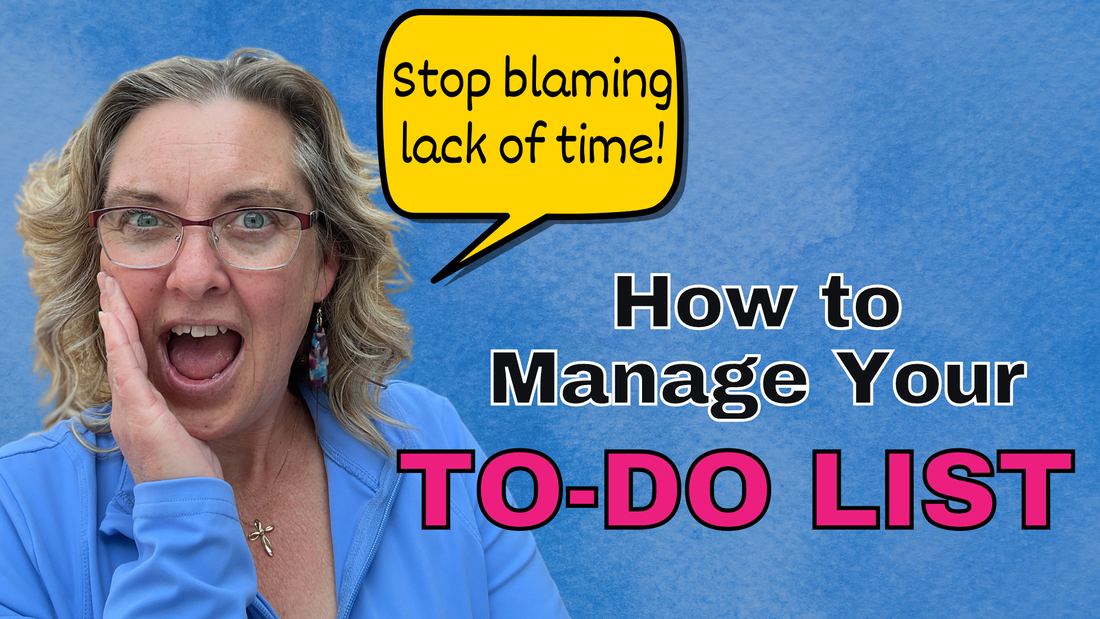
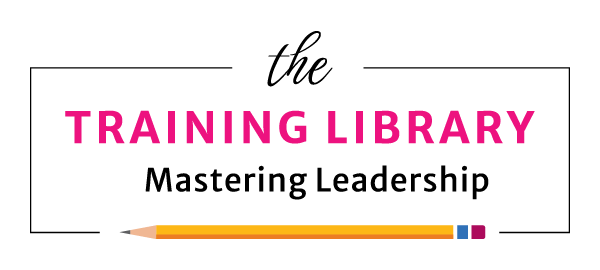

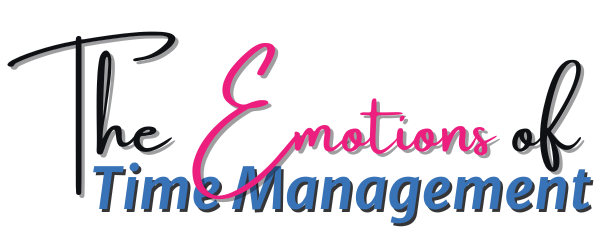

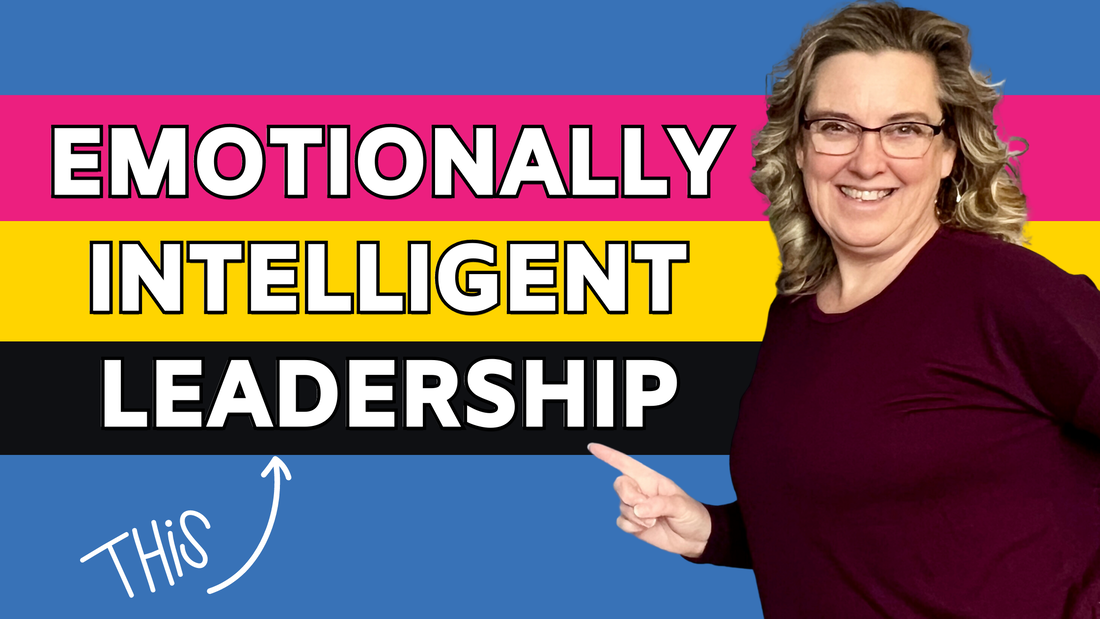
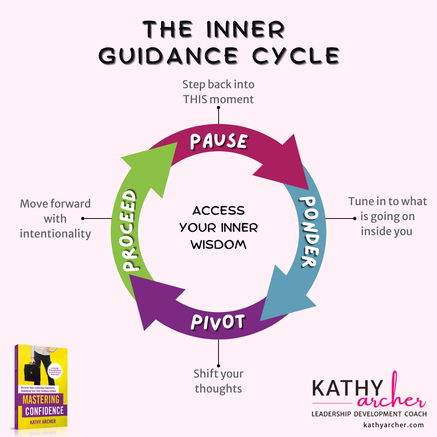
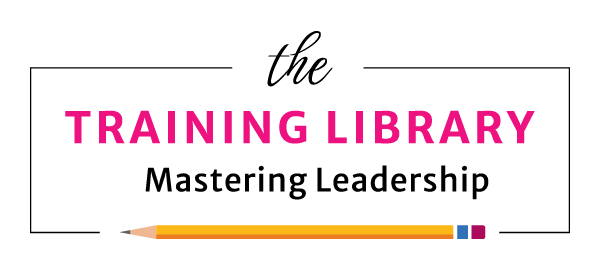
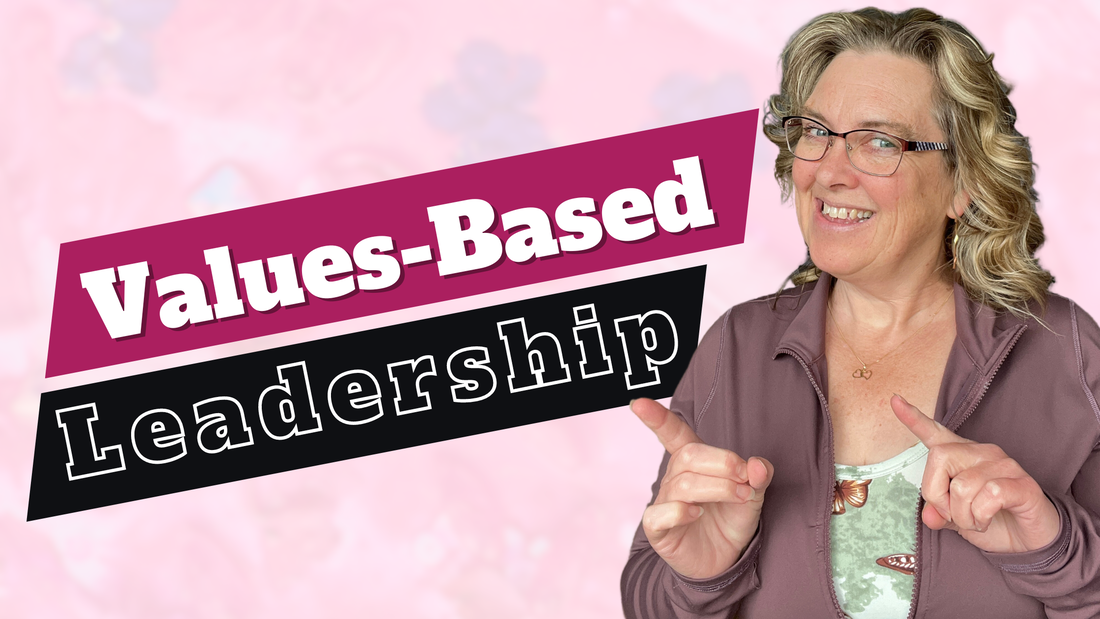

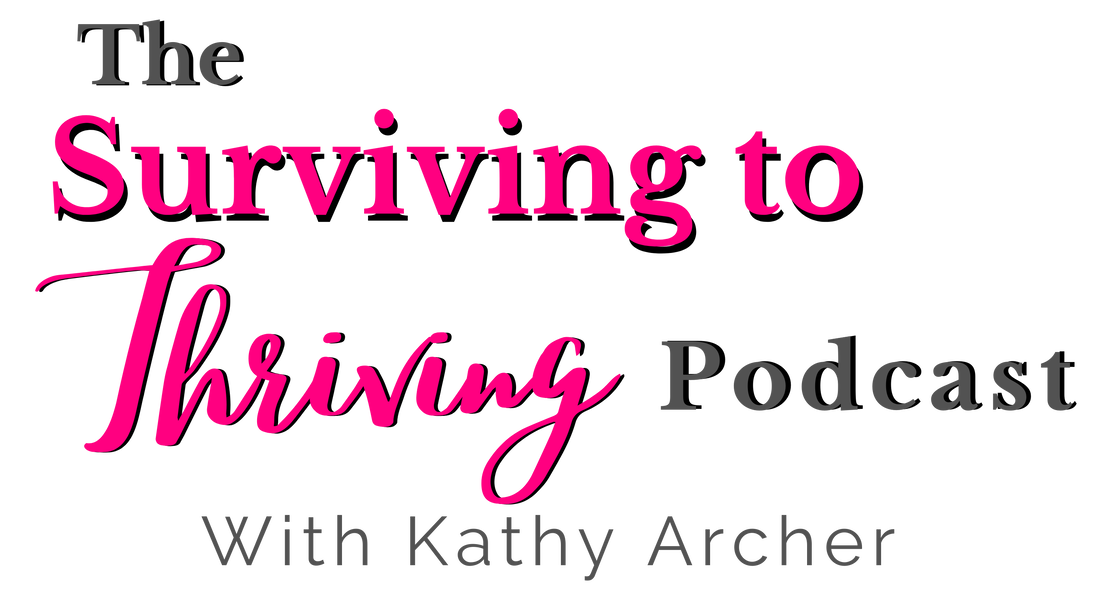
 RSS Feed
RSS Feed
